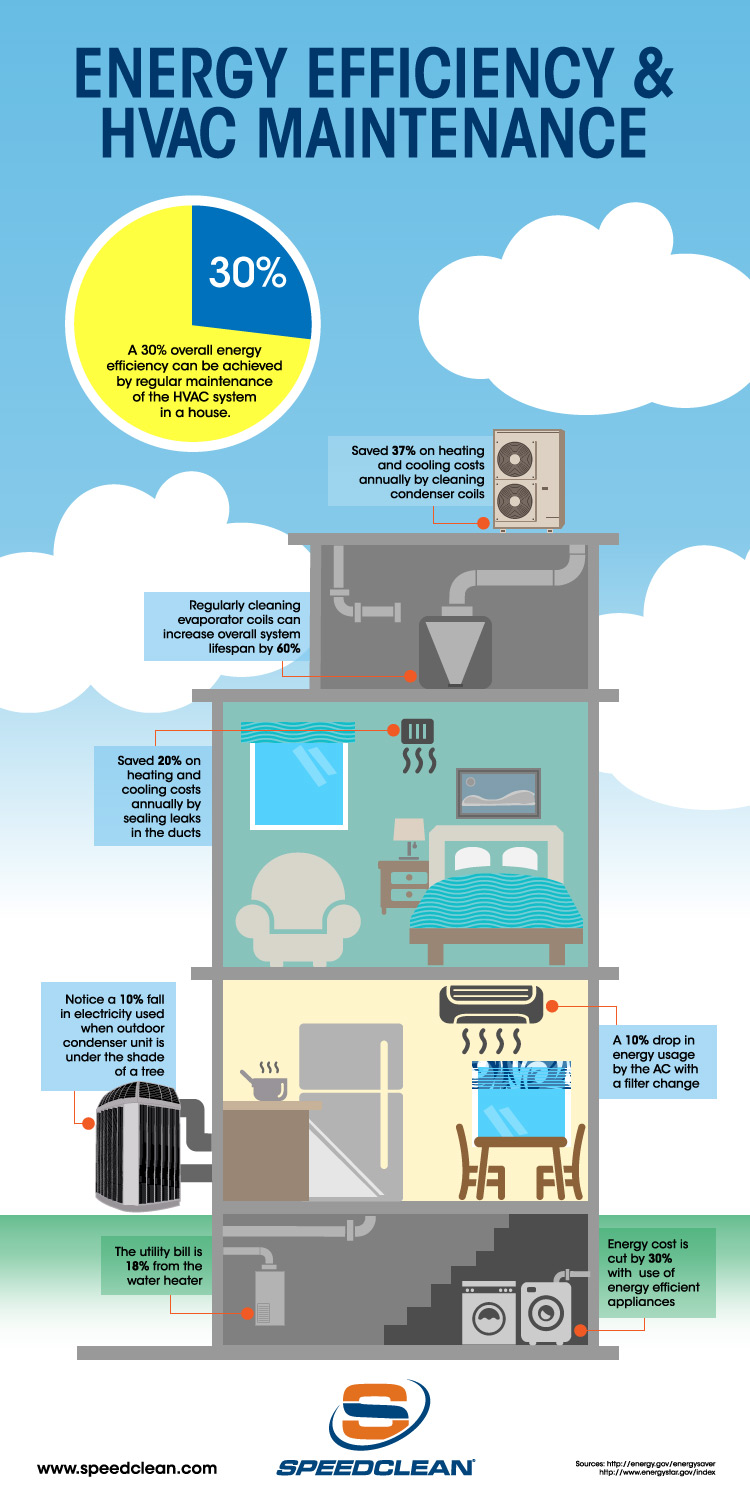The Ultimate Guide To Understanding Heat Pumps - Just How Do They Function?
The Ultimate Guide To Understanding Heat Pumps - Just How Do They Function?
Blog Article
Short Article Composed By-Whitfield Dickson
The very best heatpump can save you considerable quantities of cash on power bills. They can additionally help reduce greenhouse gas discharges, especially if you use electricity instead of nonrenewable fuel sources like gas and heating oil or electric-resistance furnaces.
Heat pumps work quite the same as air conditioning unit do. This makes them a sensible choice to traditional electric home heater.
Just how They Work
Heat pumps cool homes in the summer and, with a little aid from electrical power or natural gas, they supply a few of your home's home heating in the wintertime. They're an excellent option for people who want to minimize their use of nonrenewable fuel sources however aren't ready to replace their existing heating system and cooling system.
Read More On this page depend on the physical fact that even in air that seems as well cold, there's still power present: cozy air is always moving, and it wishes to move into cooler, lower-pressure settings like your home.
A lot of ENERGY STAR licensed heatpump run at near their heating or cooling capacity throughout a lot of the year, reducing on/off biking and saving energy. For the best performance, concentrate on systems with a high SEER and HSPF ranking.
The Compressor
The heart of the heat pump is the compressor, which is likewise called an air compressor. This mechanical moving tool uses possible power from power production to raise the stress of a gas by lowering its quantity. It is various from a pump because it just works with gases and can not work with fluids, as pumps do.
Climatic air gets in the compressor with an inlet shutoff. It travels around vane-mounted arms with self-adjusting length that separate the interior of the compressor, producing several dental caries of varying size. The rotor's spin pressures these cavities to move in and out of phase with each other, pressing the air.
The compressor reels in the low-temperature, high-pressure cooling agent vapor from the evaporator and presses it into the hot, pressurized state of a gas. This process is repeated as needed to supply home heating or air conditioning as called for. The compressor likewise consists of a desuperheater coil that recycles the waste warmth and adds superheat to the cooling agent, transforming it from its fluid to vapor state.
The Evaporator
The evaporator in heatpump does the exact same point as it carries out in fridges and air conditioners, altering fluid refrigerant into an aeriform vapor that eliminates heat from the room. Heat pump systems would certainly not function without this crucial tool.
This part of the system lies inside your home or building in an indoor air trainer, which can be either a ducted or ductless system. It has an evaporator coil and the compressor that presses the low-pressure vapor from the evaporator to high pressure gas.
Heat pumps soak up ambient heat from the air, and afterwards use electrical energy to move that warmth to a home or business in heating mode. That makes them a great deal a lot more power efficient than electric heating units or heating systems, and because they're utilizing clean power from the grid (and not burning fuel), they likewise generate much less exhausts. That's why heat pumps are such excellent environmental choices. (Not to mention a significant reason they're becoming so prominent.).
The Thermostat.
Heat pumps are wonderful choices for homes in cold climates, and you can use them in mix with typical duct-based systems and even go ductless. They're a great alternate to nonrenewable fuel source heating systems or traditional electrical heaters, and they're much more sustainable than oil, gas or nuclear a/c tools.
Your thermostat is the most important element of your heatpump system, and it works extremely differently than a conventional thermostat. All mechanical thermostats (all non-electronic ones) job by utilizing materials that alter size with raising temperature level, like curled bimetallic strips or the expanding wax in a cars and truck radiator valve.
These strips include two various types of metal, and they're bolted together to develop a bridge that finishes an electrical circuit linked to your a/c system. As the strip gets warmer, one side of the bridge broadens faster than the other, which triggers it to flex and signify that the heater is required. When the heat pump remains in home heating mode, the reversing shutoff turns around the circulation of cooling agent, so that the outdoors coil now works as an evaporator and the interior cylinder becomes a condenser.